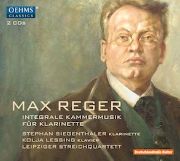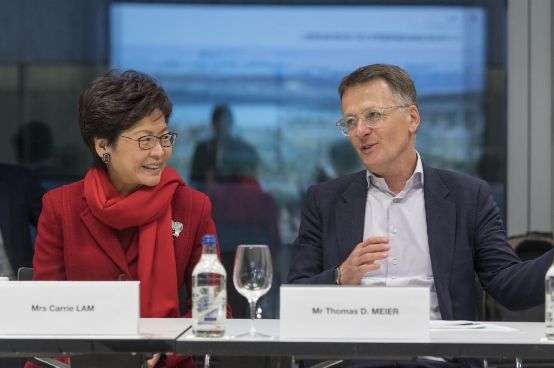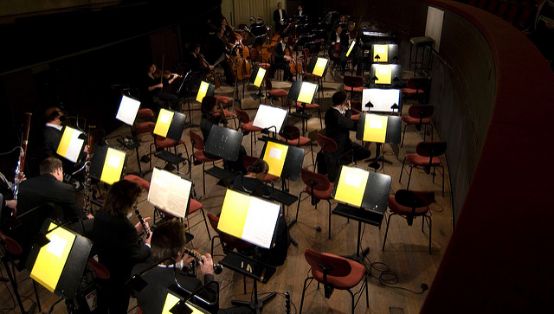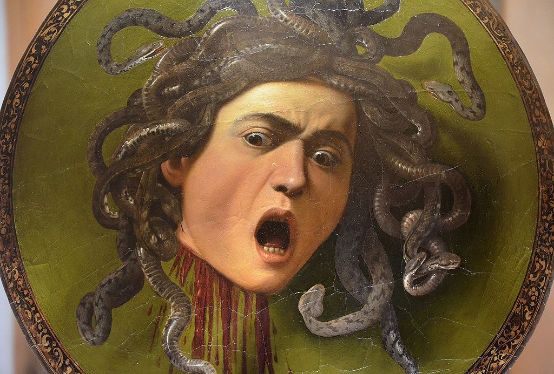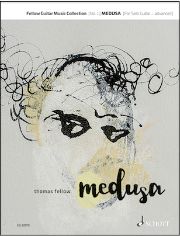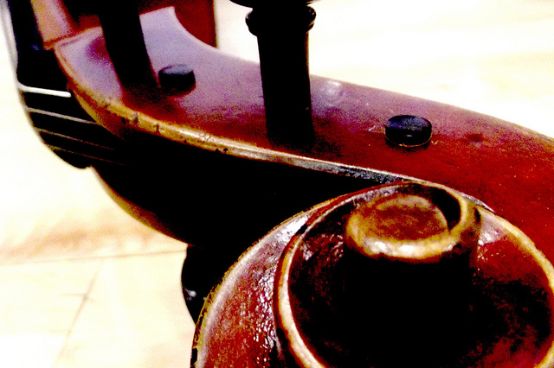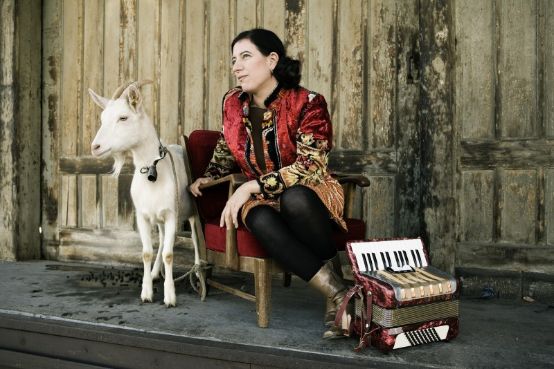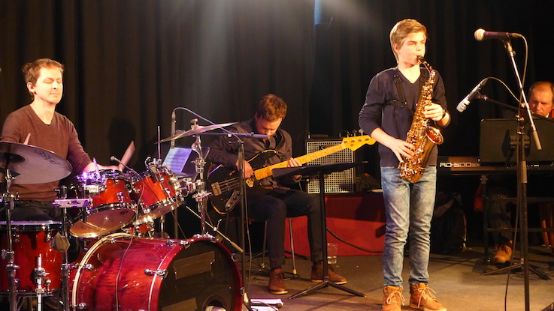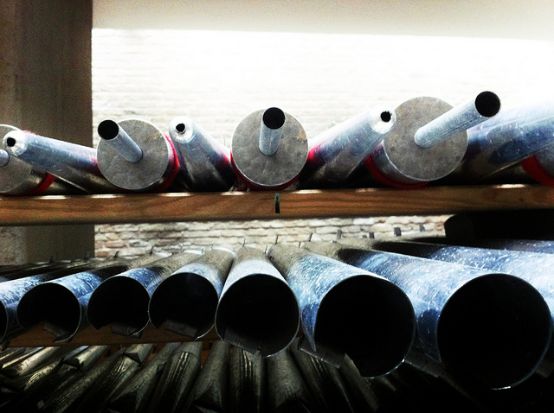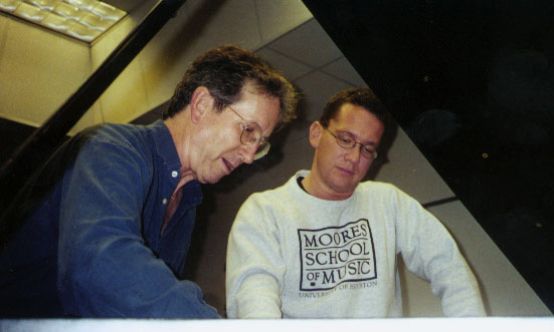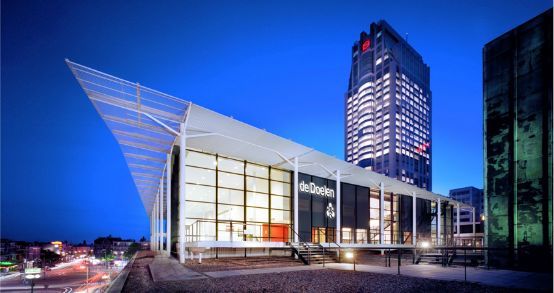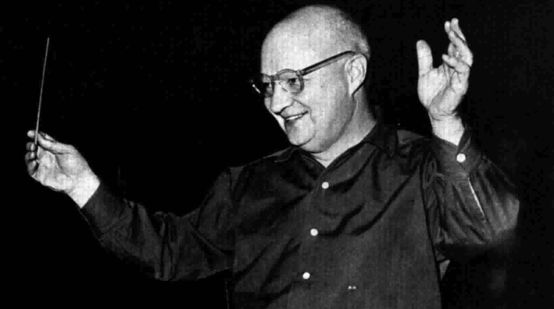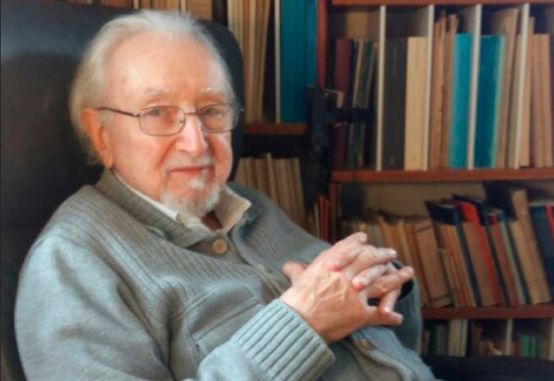Everything by Reger for clarinet
The late quintet for clarinet and string quartet forms the heavyweight of this complete recording alongside the sonatas
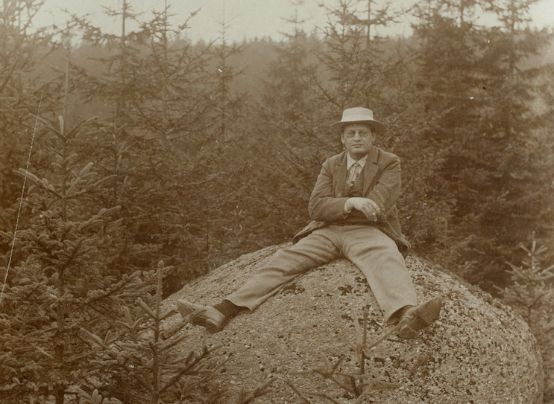
2016 marked the centenary of Max Reger's death. He was commemorated in numerous concerts, publications and CD recordings, including this recording of his integral chamber music for clarinet. That this recording has more to offer than completeness becomes immediately clear in the B flat major Sonata op. 107: the complex interweaving and harmonic complexity of Reger's music are brought out so naturally in the subtle and intelligent interpretation by the Swiss clarinettist Stephan Siegenthaler and the German pianist Kolja Lessing that one can experience the wonder of a self-contained cosmos while listening. Neither the clarinet nor the piano ever come close to a showy concert performance. The submerged, simple warmth of Reger's rich inner world contrasts with his short, excited outbursts.
The same qualities also characterize the performance of the two Sonatas op. 49, which Reger wrote in 1900/1901 under the influence of Brahms' Clarinet Sonata op. 120. The short individual pieces Album page and Tarantella were probably composed in 1902 and reveal unknown, charming facets of Reger's sound world.
The main focus of this recording is the Quintet for Clarinet and String Quartet op. 146 from 1915/16, Reger's last completed composition: light music, almost enraptured in places, reminiscent of Mozart. Together with the Leipzig String Quartet, Stephan Siegenthaler has given this wonderful work an interpretation of great calm and beauty.
Max Reger: Integral chamber music for clarinet. Stephan Siegenthaler, clarinet; Kolja Lessing, piano; Leipzig String Quartet. Oehms Classics CS OC 1845, 2 CDs






